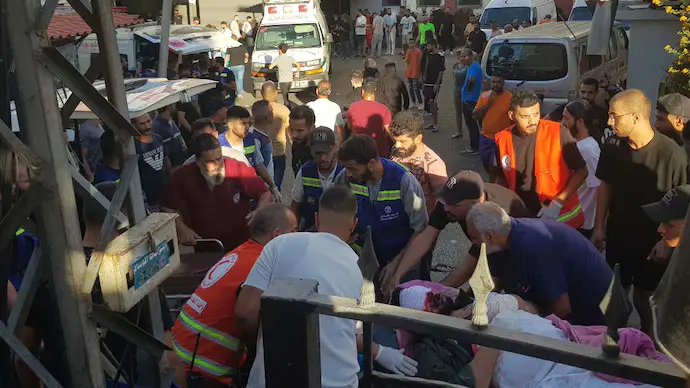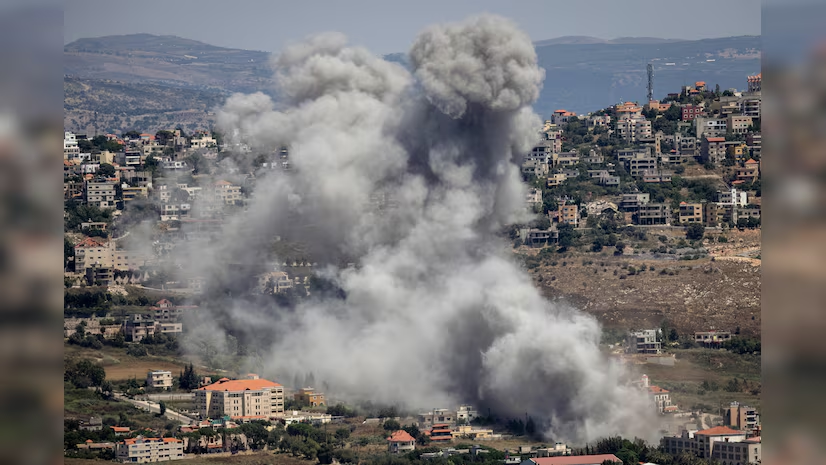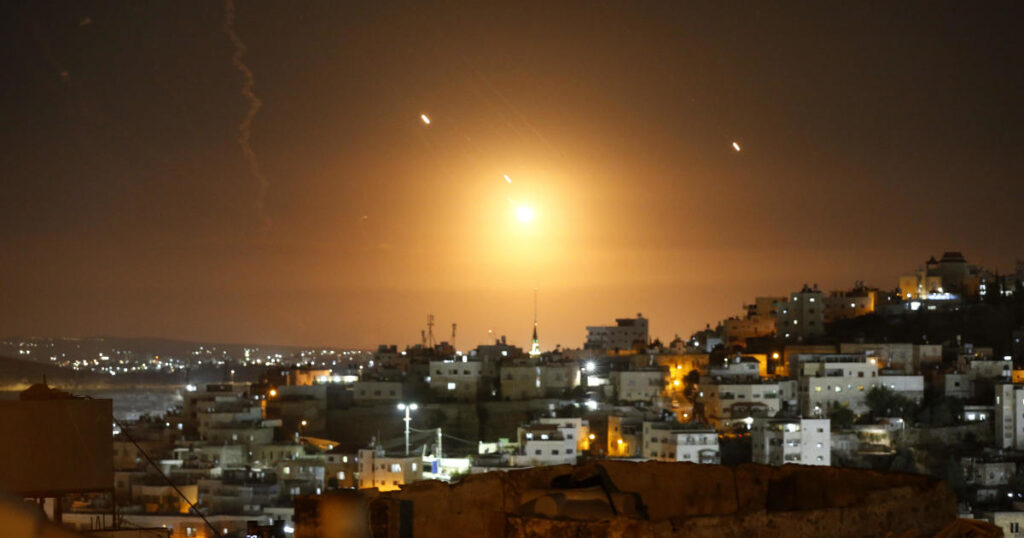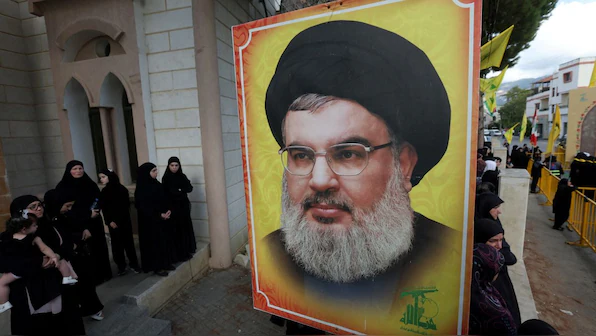On the 27th of September, Friday, Hezbollah’s top commander and leader Hassan Nasrallah was killed by Israeli Defence Forces in an intense and precise air strike on a bunker in the city of Dahiya, south of Beirut Lebanon where Nasrallah was staying. This was the end of a weeklong aggression on Hezbollah by the IDF where it has used heavy air strikes and covert spy operations to strategically eliminate Hezbollah commanders thus resulting in the destruction of the order of command in the organisation and ultimately immobilise it.
Hezbollah, Lebanon’s militia group, was created in 1982 during the Israel-Lebanon war. Formed with Iran’s financial backing and by aggregating several Shia Muslim militias fractions from all over the country, the group soon became a key player in the Lebanese civil war. With Iran’s backing throughout the years, this group rose to become a state within a state in Lebanon today. The group holds seats in the Lebanese government, has a radio and satellite TV station, and has an advanced military and weapons capability resulting in large-scale military deployment of fighters also beyond Lebanon’s borders.
After the attack of Oct 7 on Israel by Hamas, Hezbollah immediately started its assault by ballistic missiles on the next day. Northern Israel was vacated and Israel officially was engaged in a multi-front war. Since then, 96,000 people have been displaced from northern Israel which was the target of Hezbollah. The retaliation of this year-long conflict started in the last week of September from the Israeli side with a clear motive of dismantling the organisation.
Hassan Nasrallah Death: A Tale of Remote Assassination through Precise Explosion

On Tuesday 17th of September, 3000 pagers of Hezbollah members used in communication and coordination, simultaneously got detonated killing 12 and mutilating 2700 militants in one go. Accounts state that the pagers beeped precisely at 3.30 PM, indicating message alerts and when the owner took out the device to look it got blasted, instantly killing or mutilating them for life. No country has claimed the attack, as it goes in this type of attack. However, several independent investigation reports from international news agencies confirm that the attack was an operation of the Israeli spy organisation Mossad that was in the making for five years if not more.
The head of the organisation, the late Hassan Nasrallah, for years, has been pushing the organisation to go low-tech regarding the purpose of communication, as he believed Israel was tracking the location of their fighters through modern smartphones. Hezbollah placed orders of pagers from a Taiwanese company Gold Apollo through a Hungary based company BAC Consulting which was to manufacture the equipment. The Hungarian company however was a shell company established by Mossad, which also took other clients to appear legitimate. The pagers for Hezbollah were produced separately containing batteries laced with a special type of explosive PETN. The pagers shipped to Lebanon starting from summer of 2020 and increased over the years. After Oct 7 the organisation stared relying on the pagers more and more. On 17th the order was given to activate the pagers resulting in simultaneous explosion of 3000 pagers.
The next day several walky-talkies of Hezbollah’s local commanders were also triggered to blast off killing several other commanders of Hezbollah. This incident ensued chaos in Lebanon, however, Israel was just starting out. The incident soon pushed into back of the minds as Israel started targeted air strikes throughout Lebanon.
Targeted Air Strikes by Israel in Lebanon (Hezbollah)

Soon after the pager incident Israel started bombing on Hezbollah weapon storages throughout Lebanon by targeted air strikes. Israeli PM Netanyahu in a video warned the Lebanese citizens to vacate the buildings where Hezbollah stored their cruise missiles and weapon stockpiles. A popular Lebanese radio station said it was hacked and its broadcast interrupted by an Israeli evacuation warning. The Israeli military warned civilians to leave areas in which Hezbollah operates, such as those used to store weapons. It launched the deadliest air strikes especially on the region of southern Lebanon where Hezbollah was most active. The airstrikes in Lebanon destroyed about half of the missiles and rockets that Hezbollah had accumulated over more than three decades, dealing a blow to the militia’s capabilities. Approximately 1000 people killed in these strikes, but how many of them are civilians is still uncertain. Still hundreds of civilians were killed in these strikes and that is irrefutable.
The strikes came to an end when the IDF bombed a bunker in Dahiya killing the chief of Hezbollah Hassan Nasrallah. Throughout this time period the retaliation from Hezbollah was minimal and the primary reason for this is the crumbling of chain of command of Hezbollah. Israel through its aggressive operations neutralised several of its commanders immobilising the militia despite substantial support from Iran.
And one of the main reasons it happened because of Mossad’s infiltration into both Hezbollah and Iranian Army.
According to various sources it was Mossad undercover agents who pushed Nasrallah towards adopting Pagers and Walky-talkies for internal communications. The location of Hezbollah’s weapon stockpiles are also leaked through this channel. Most of the weapons Hezbollah acquired, were by Iran’s support and it is hinted that Mossad agents infiltrated this supply line. The position on Nasrallah’s bunker was also disclosed by Iranian agents which were actually Mossad undercover operatives. The confirmation was given during a meeting of Nasrallah in a bunker 60ft under surface. The IDF then approved the attack from PM and 2000 pound bunker busting bomb was used to eliminate the target successfully.
Israel now started ground operations to eliminate the remaining members of Hezbollah in Lebanon. Iran in retaliation fired 180 rockets into Israel some of which was intercepted and some stroke the country. However, the escalation of this attack is still in doubts. Still the tension is in rise in the region and threat of regional war is looming over the region.


